A project of BCJN’s Green Vision Working Group

Manhattan Island then and now, courtesy of The Welikia Project, WCS
BACKGROUND
On Sunday, February 21, 2016, in collaboration with Percent for Green, South Bronx Unite, Bronx Climate Justice, and Friends of Brook Park, BCJN brought together more than 50 environmental leaders and activists from the Bronx and Yonkers in a discussion with the scientists of The Welikia Project (formerly The Mannahatta Project) of the Wildlife Conservation Society at the Bronx Zoo. The 2-page invitation flyer, below, provides details about the gathering. Moving forward after the meeting, organizations and individuals are using the tools provided by The Welikia Program’s insights and software to inform their ongoing efforts to green the Bronx and Yonkers, and to work together in an understanding that the natural history beneath our feet can inform a greener, healthier, and more climate-friendly city of the future.
*******
An Invitation:
The Nature of the Bronx: Building a Green,
Healthy, Climate-Resilient Borough
A Presentation, Hands-on Tutorial, and Discussion
2-5 pm, Sunday, February 21, 2016 @ Wildlife Conservation Society
Bronx Zoo, 2300 Southern Boulevard, Bronx, NY
Please join 50 of your colleagues working to green our borough in a first-ever meeting between Bronx environmental leaders and the scientists of the Welikia Project (formerly the Mannahatta Project). We’ll explore ways that efforts to make the Bronx greener and healthier can be informed by the Welikia Project’s deep knowledge of our borough’s natural history and landscape.
This gathering is being organized by a coalition that includes Friends of Brook Park, South Bronx Unite, Percent for Green, Bronx Climate Justice, and Bronx Climate Justice North, in partnership with the Welikia Project.
A little background:
The Mannahatta Project was named after the Lenape Native American word “Mannahatta,” meaning “Island of Many Hills.” It was launched in 1999 by landscape ecologist Dr. Eric Sanderson at the Wildlife Conservation Society/Bronx Zoo. Dr. Sanderson and his team used spatial analysis and other research techniques to recreate the historic natural landscape of Manhattan in digital form. They ultimately succeeded in detailing every hill, valley, stream, beach, forest, cave, wetland, and pond, as well as the flora, fauna, and human life that were here before the arrival of European settlers. In documenting the teeming life and landscape of Mannahatta, Dr. Sanderson hoped to discover ways in which some of the lost ecological processes of Manhattan could be restored in order to create a more livable city of the future. For example, could long-buried waterways be daylighted, could more open space and flora and fauna be incorporated into city planning, could water quality, air quality, and the city’s natural beauty be improved, and aid in efforts to reverse and mitigate climate change?
In the past few years, the Mannahatta Project has expanded its research to all five boroughs under the new name Welikia Project (the Lenape word “Welikia” means “my good home.”) The culmination of nearly 20 years of exploration into New York City’s natural history is occurring at the same time that the dangers of climate change in the Bronx are becoming clear. The environmental justice and social, health, and economic challenges that Bronxites face have long been evident. As environmental, public health, economic, and social justice organizations and advocates in the Bronx continue to chart a future path for the borough, our coalition sees an opportunity to form a partnership between the Welikia Project and community activists to plan and build a greener, healthier, climate-resilient and climate-healing future for the Bronx.
We invite you to join us:
We hope to see you on Sunday afternoon, February 21 to explore the potential of harnessing Welikia’s Bronx-based knowledge to our efforts. The afternoon will have three parts:
- We’ll start with a presentation from the Welikia Project about their overall work and their specific knowledge of the Bronx. We’ll hear from Dr. Eric Sanderson, Senior Conservation Ecologist, Wildlife Conservation Society (WCS), Kim Fisher, Spatial Analyst and Developer, WCS, and Mario Giampieri, Program Officer and Data Researcher, WCS.
- After the Welikia presentation, we’ll cluster around computers for a brief tutorial in Welikia’s cutting-edge “Visionmaker” computer program, which allows users to develop and share climate-resilient and sustainable designs based on estimates of the water cycle, carbon cycle, biodiversity, and population. Users can vary the ecosystems, lifestyles, and climate of the city and their neighborhoods in an effort to find and publish sustainable and resilient visions of the city of the future.
- Finally, we’ll sit down for a discussion about green space and green restoration projects underway in the Bronx, as well as possible future projects, and ways in which these can be informed by a partnership with Welikia. Current projects to green the borough include the Harlem River Greenway Vision, the Mott Haven-Port Morris Waterfront Plan, the South Bronx Greenway and Randall’s Island Connector, the South Bronx River Watershed Alliance’s effort to tear down the Sheridan Expressway, the Bronx Kill Restoration, Bronx River Alliance, NYC H2O (daylighting Tibbbetts Brook), Friends of Tibbetts Tail, and many more.
Please RSVP to the person who has invited you to attend. This is a by-invitation-only event, which we hope to broaden out to the public soon.
Questions? Please email bronxclimatejusticenorth@gmail.com
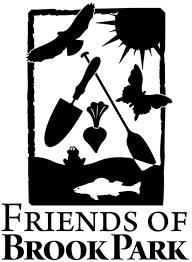
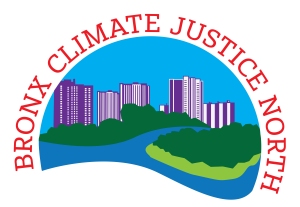
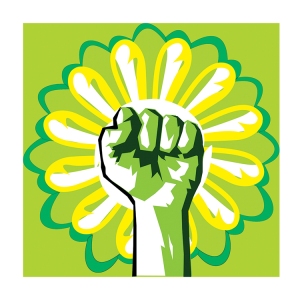
PERCENT FOR GREEN
BRONX CLIMATE JUSTICE SOUTH BRONX UNITE
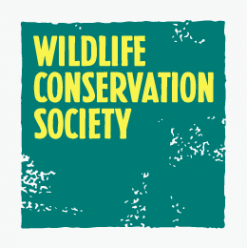
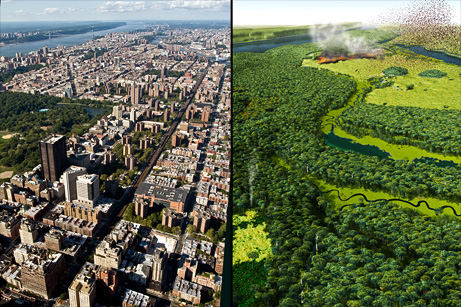
Manhattan’s Upper West Side, then and now, courtesy of The Welikia Project, WCS
